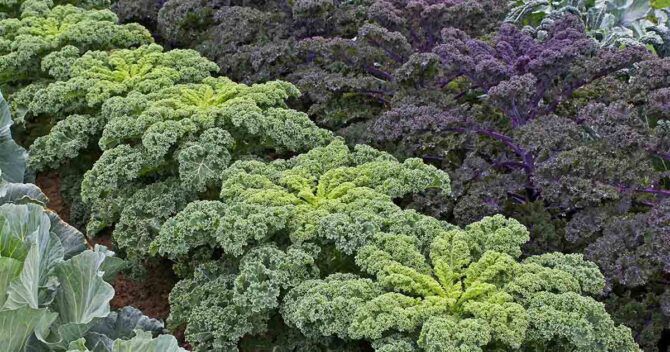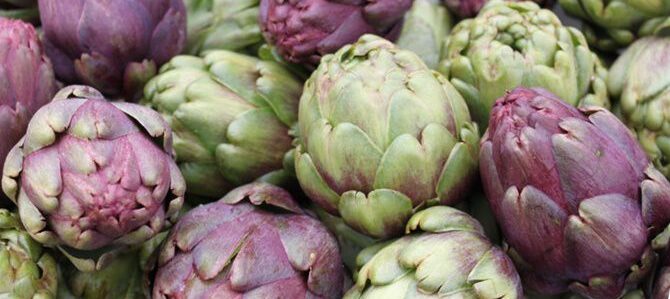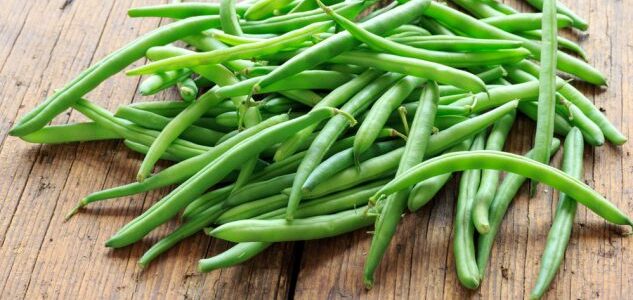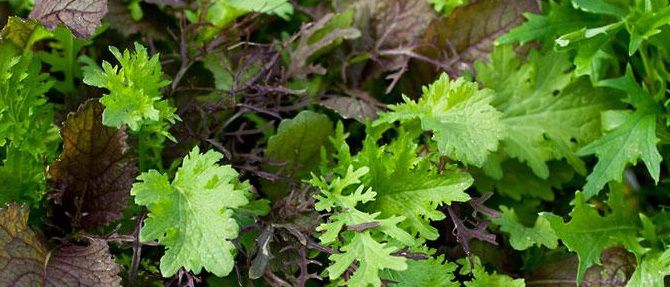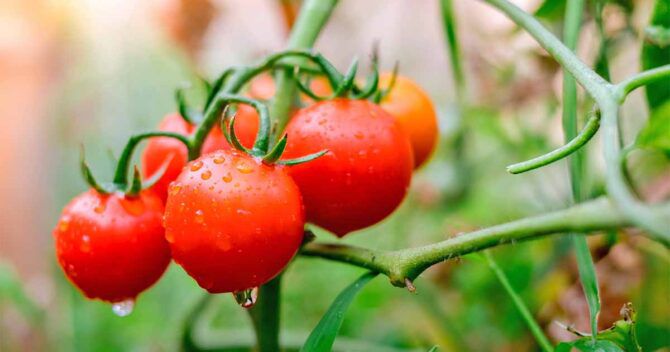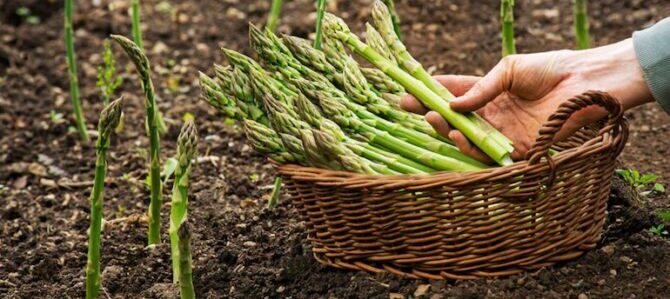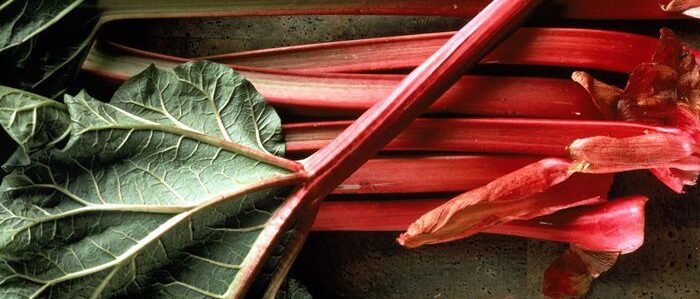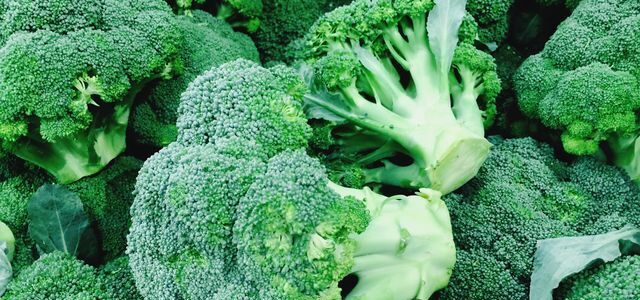Vegetables
Growing Kale
Growing Kale for seed is easy. Kale is a cold-hardy vegetable that can be planted in early spring or autumn. Kale, or leaf cabbage, belongs to a group of cabbage (Brassica oleracea) cultivars grown for their edible leaves, although some are also used as ornamental plants. Kale plants have green or purple leaves, and the central leaves do not form a head. There are many varieties of Kale, such as Black Palm Kale, Tronchuda Kale, Scarlet Kale, Dwarf Siberian Kale & Chou Moullier.
Growing Kale from seed
- Plant in spring as soon as the ground can be worked or in autumn for an over-winter crop.
- Sow Kale Seeds 1/4 to 1/2″ deep.
- Thin seedlings to 8-12″ apart.
- Kale germinates best in cool or warm soil temperatures with even moisture.
- Choose an area with full sun and a soil pH of 6.0-7.0.
- Enrich the soil with compost or well-rotted manure.
- Harvest by clipping individual leaves
- Kale is very hardy and quality actually improves after a frost.
- It tolerates full sun, but is best when grown in partial shade in fertile soils with good drainage.
Maintaining Kale plants
- It’s important to keep kale well watered and fed.
- Regularly feed kale with a good fertilizer.
- Mulch the soil to keep down the weeds and to keep the kale plant cool, as kale don’t grow very well in hot weather.
- Mulch the soil again heavily after the first hard freeze in autumn.
- The plants may continue to produce leaves throughout the winter.
Harvesting Kale
- Kale is ready to harvest when the leaves are about the size of your hand.
- Start harvesting the oldest leaves first from the lowest section of the plant.
- Avoid picking the terminal bud (found at the top center of the plant) because this will help to keep the plant productive.
- The small, tender leaves can be eaten uncooked and used in salads.
- Cut and cook the larger leaves like spinach, but be sure to remove the tough ribs before cooking.
Disclaimer
Medicinal Information:
All medicinal information on this website is for educational and informational purposes only and may not be construed as medical advice. The information is not intended to replace medical advice or treatment offered by healthcare professionals.
Seeds, Plants, Plant Cuttings, Geophytes and Dried Herbs:
In some countries and provinces, certain plants are deemed as invasive and are not allowed to be planted at all, whilst some plants are allowed to be grown only in certain areas or provinces. The onus is on you as the buyer to familiarize yourself with the regulations pertaining to your location, before purchasing any of our seeds, plants, plant cuttings, geophytes or dried herbs. We will not be held liable, should you purchase any seeds, plants, plant cuttings, geophytes or dried herbs. from us which are prohibited in your country or province.

